The Mughal Empire stands as one of the most powerful and artistically influential empires in Indian history. Known for its grandeur, military strength, and architectural marvels, the Mughal dynasty produced emperors whose reigns defined centuries. Let’s delve into the lives of the top five most iconic Mughal emperors who transformed India in multiple dimensions.
1. Babur – The Founder of the Glorious Mughal Empire
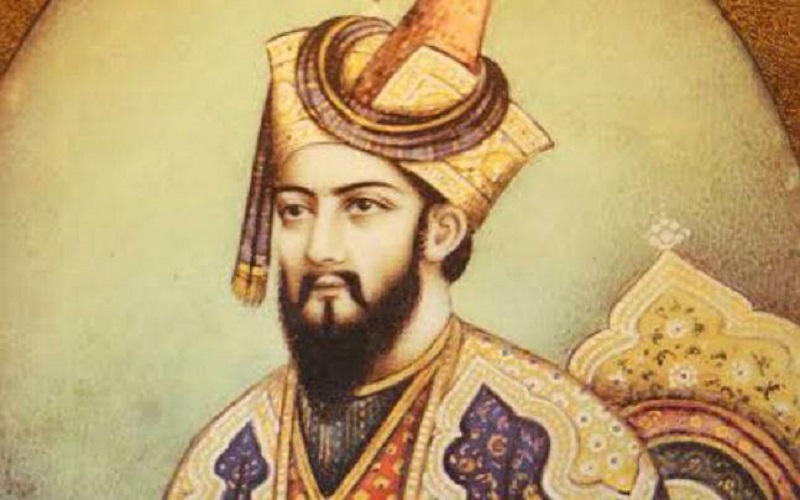
Babur was the first Mughal emperor and a descendant of Timur and Genghis Khan. His victory at the First Battle of Panipat in 1526 laid the foundation of the Mughal Empire in India.
He brought gunpowder warfare to the subcontinent, changing the nature of Indian battles. Despite his short rule, Babur’s military tactics and poetic intellect made him a pivotal figure in Mughal history.
2. Akbar the Great – The Visionary Emperor of Religious Harmony
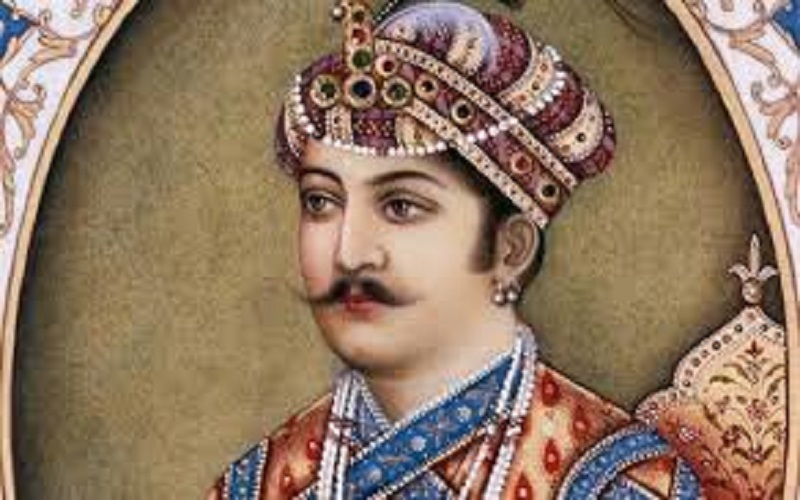
Perhaps the most celebrated emperor of the Mughal Empire, Akbar reigned from 1556 to 1605. His policies focused on religious tolerance, efficient governance, and expansion of the empire.
Akbar abolished the jizya tax on non-Muslims and formed a syncretic religion called Din-i Ilahi. His court was home to intellectuals, artists, and scholars from diverse backgrounds.
He also introduced a centralized administrative system that influenced future governments across India.
3. Jahangir – The Patron of Art and Justice
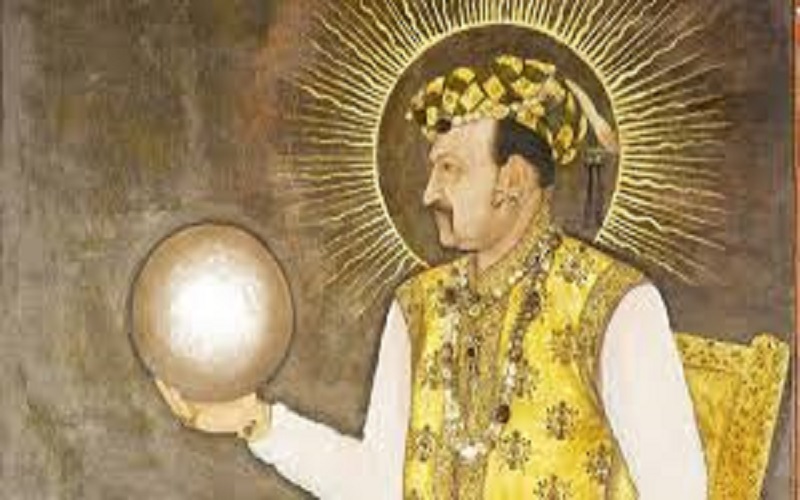
Jahangir, the son of Akbar, ruled from 1605 to 1627. Known for his deep interest in art and justice, his court saw a golden era of miniature paintings.
He maintained stability within the Mughal Empire and continued his father’s policies of religious inclusivity. Jahangir’s love story with Nur Jahan, who wielded great political influence, added depth to his reign.
His famous “Chain of Justice” symbolized his commitment to fairness in governance.
4. Shah Jahan – The Mastermind Behind India’s Iconic Architecture
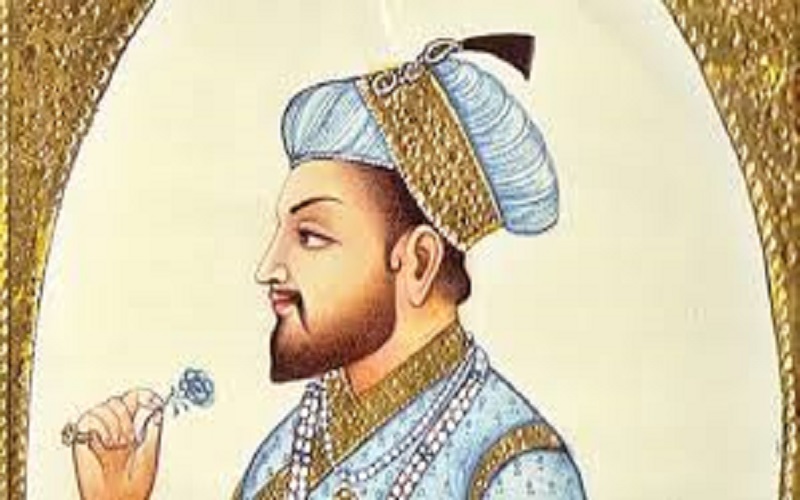
Shah Jahan, ruling from 1628 to 1658, is best known for constructing the Taj Mahal, a symbol of eternal love and architectural brilliance.
Under his reign, the Mughal Empire reached its cultural peak. He built several other landmarks like the Red Fort and Jama Masjid, showcasing Indo-Islamic architecture at its finest.
His reign was marked by luxury, innovation, and a powerful centralized rule. Unfortunately, the latter part of his life was overshadowed by a power struggle with his son.
5. Aurangzeb – The Controversial Expansionist of the Mughal Empire
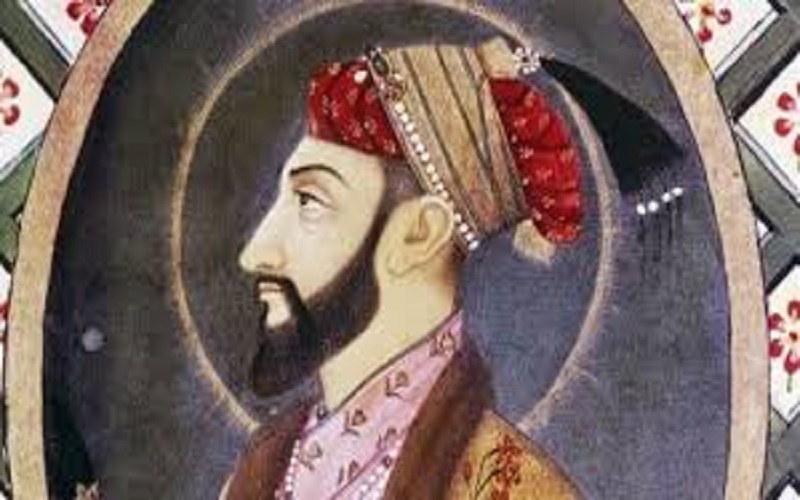
Aurangzeb ruled from 1658 to 1707 and was the last major emperor of the Mughal Empire. He expanded the empire to its largest territorial extent.
Known for his strict adherence to Islamic principles, he reintroduced the jizya tax and imposed sharia law, which created divisions. His military campaigns were extensive, but they drained the empire’s resources.
Aurangzeb’s reign marked both the zenith of Mughal territorial power and the beginning of its decline.
Legacy of the Mughal Empire in India
The Mughal Empire’s rulers left behind an indelible legacy. They unified diverse regions, created architectural wonders, and established an efficient administrative system.
Despite their different approaches, each ruler contributed uniquely to Indian history. Their influence is still seen in India’s monuments, culture, language, and governance.
The Mughal Empire was not just a dynasty; it was a transformative force in the Indian subcontinent. From Babur’s military conquests to Shah Jahan’s architectural splendor and Akbar’s visionary policies, each emperor shaped history in his own way.






Leave a Reply